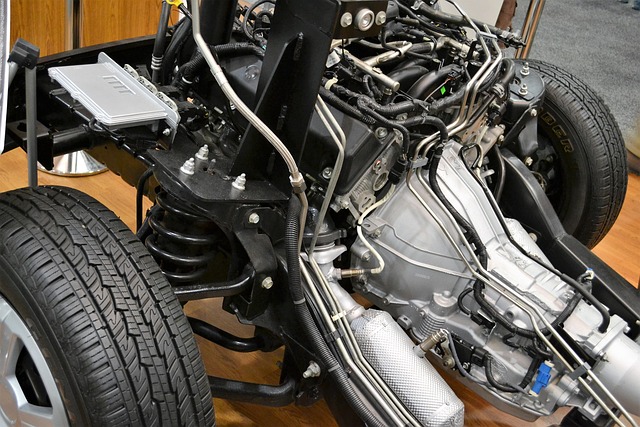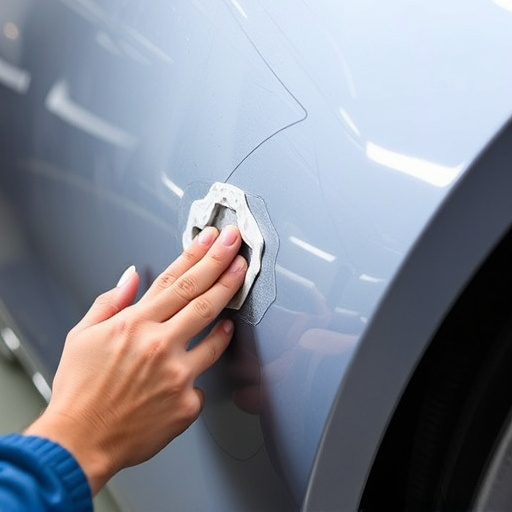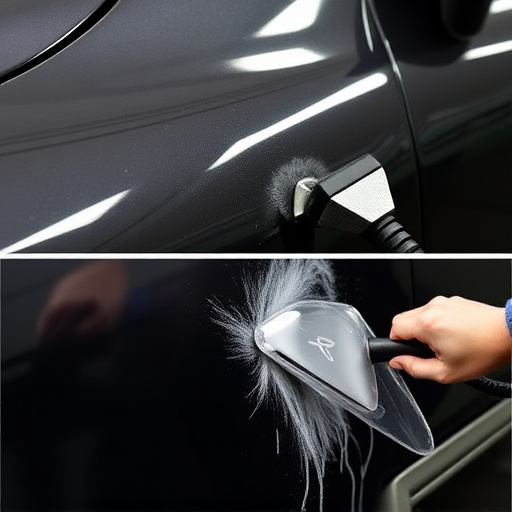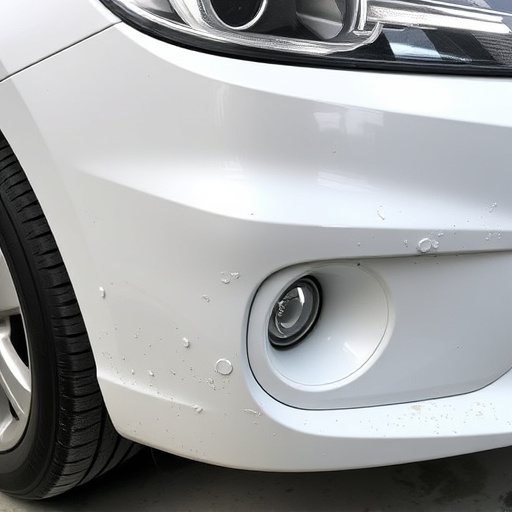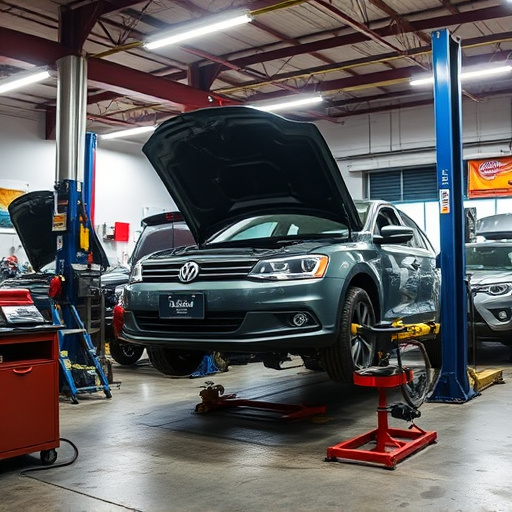Mercedes high-voltage systems power critical components at 300-800 volts, requiring strict adherence to OEM guidelines for safe removal or replacement during maintenance or collision restoration. Technicians must turn off ignition, remove key, wear PPE, and understand high-voltage component locations to prevent shocks, short circuits, and electrical malfunctions. Specialized tools are used to disconnect connectors while maintaining a safe workspace.
“Mercedes high-voltage systems power a range of modern features, from electric motors to advanced driver assistance systems. Understanding these complex networks is crucial for safe maintenance. This guide delves into the essential procedures for disconnecting Mercedes high-voltage components, adhering strictly to Original Equipment Manufacturer (OEM) safety standards. By following these step-by-step instructions, technicians can ensure worker and vehicle safety during intricate disconnection tasks.”
- Understand Mercedes High-Voltage Systems
- Safety Protocols for Disconnecting
- Step-by-Step OEM Disconnection Procedures
Understand Mercedes High-Voltage Systems
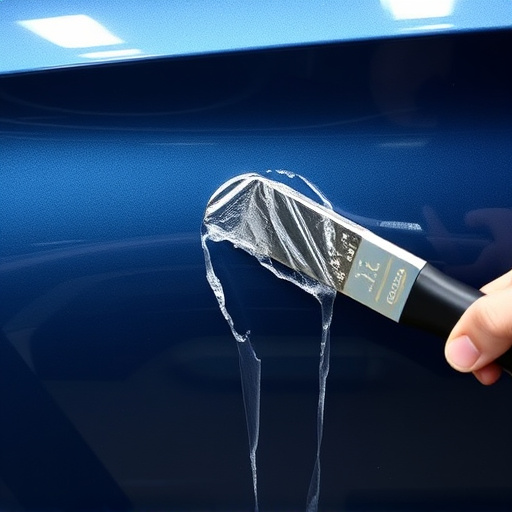
Mercedes high-voltage systems are designed to power various essential components within the vehicle, offering both performance and safety advantages. These systems operate at elevated voltages, typically in the range of 300 to 800 volts, and include elements such as electric motors, advanced lighting solutions, and cutting-edge battery architectures. Understanding these intricate networks is paramount when undertaking any high-voltage disconnect procedures, especially following OEM (Original Equipment Manufacturer) safety standards.
In a Mercedes vehicle, the high-voltage disconnect process involves carefully isolating the electrical system to ensure safe removal or replacement of components. This may be necessary for maintenance, repairs, or upgrades, including scenarios in collision repair shops where car body restoration is required. Technicians must adhere to stringent guidelines to protect against electric shock and other hazards associated with working on these sophisticated systems.
Safety Protocols for Disconnecting
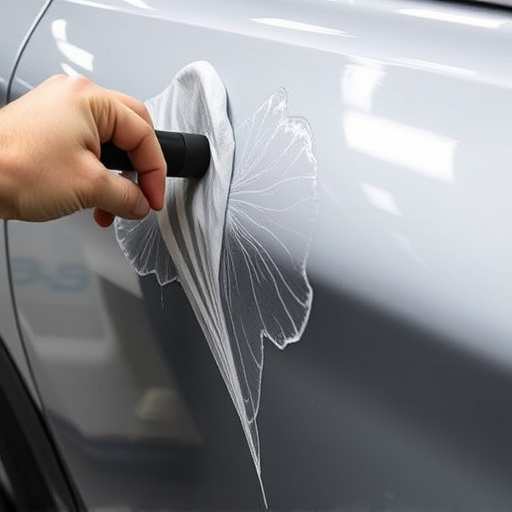
When performing Mercedes high-voltage disconnect procedures, adhering to OEM safety standards is paramount. Before initiating any disconnection, technicians must ensure a safe working environment by turning off the ignition and removing the key from the ignition switch. This initial step is crucial as it prevents any accidental activation of electrical systems during the repair process, which could lead to severe injuries or car damage repair.
Additionally, proper personal protective equipment (PPE), including insulated gloves and safety glasses, should be worn at all times. In case of collision damage repair or any incident, having a clear understanding of the high-voltage components and their locations is essential. This knowledge enables technicians to disconnect and reconnect systems accurately, minimizing the risk of short circuits or other electrical malfunctions that could necessitate costly car paint repair.
Step-by-Step OEM Disconnection Procedures

When performing Mercedes high-voltage disconnect procedures, adhering to Original Equipment Manufacturer (OEM) safety standards is paramount. The process involves a meticulous step-by-step approach to ensure the safe removal and isolation of high-voltage components. Typically, this begins with locating the specific high-voltage system in question, often found near the vehicle’s battery or electric motor. Next, the proper tools are assembled, emphasizing those designed for high-voltage applications to mitigate risks.
Following safety protocols, technicians will then power down the electrical system and confirm zero voltage at the disconnect point. This is crucial, especially when dealing with sensitive electronic components. After verification, insulation tape or protective covers may be applied to exposed wires, further safeguarding against accidental contact. The actual disconnection involves carefully detaching connectors, often using specialized tools, ensuring no damage occurs to the delicate wiring. Throughout this process, maintaining a safe workspace and wearing appropriate personal protective equipment (PPE) is essential, making it a recommended practice at any mercedes benz repair shop.
Mercedes high-voltage systems require meticulous care and adherence to safety standards during maintenance or repairs. By following the Original Equipment Manufacturer (OEM) disconnection procedures, technicians can ensure a safe working environment and protect both themselves and the vehicle. These steps, designed with OEM safety guidelines in mind, are essential for proper Mercedes high-voltage disconnect procedures, fostering reliability and peace of mind.
